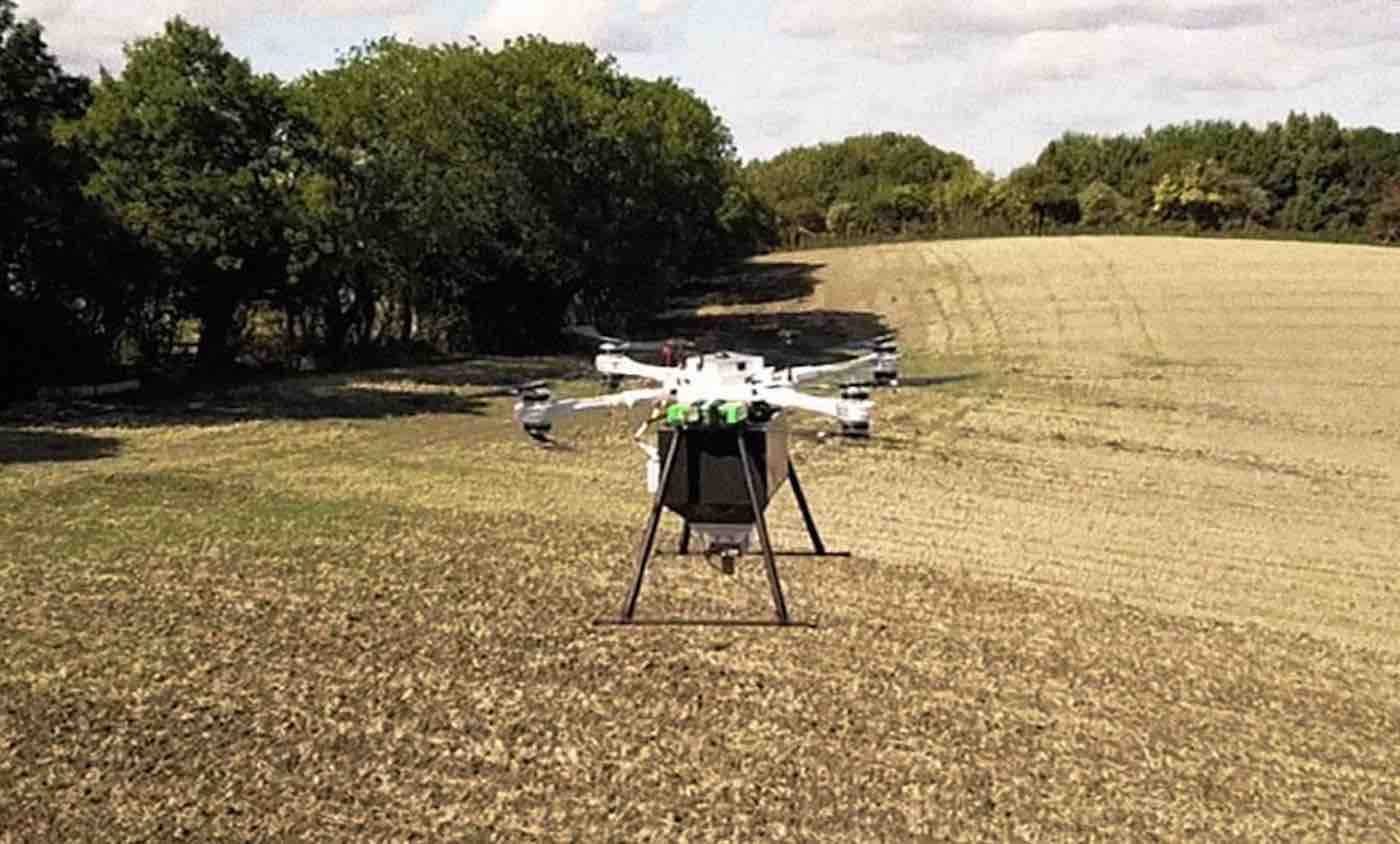
That did not take long at all. Sprouting tree seeds in a holder is strqaight forward and mass producible. Taking those out by drone and then injedcting them into the available soil allows rapid high volume deployment.
Follow that up with a walk over to take care of obvious problems is also quick and easy.
This has been applied to mangrove lands, likely cleared originally for shrimp farming and then abandoned. This is meant to be a pretty easy target.
What it does tell us is that established agricultural land is prime for all forms of this work. The good news is that ownership and owner maintenance is completely possible here.
Stepping out into the wild is quite another matter and that does demand things like Groasis.
Tree-Planting Drones Have Successfully Planted Thousands of Saplings – and They’re About to Plant More
- Apr 12, 2019
https://www.goodnewsnetwork.org/tree-planting-drones-successfully-planted-thousands-of-saplings/
Millions of acres of degraded landscapes can be brought back to life thanks to these drones.
A tech company called BioCarbon Engineering has been using the flying robots to plant trees on a massive scale. The drones, which were developed by an ex-NASA engineer, are designed to fire off pre-germinated seed pods into the ground.
The drones have been shown to plant trees exponentially faster than
locals being forced to plant them by hand, and the method is far cheaper
than traditional planting methods.
ioCarbon has been working with conservational nonprofit Worldview International Foundation
in order to replant mangrove saplings in Myanmar. Since the drones
began their work in September, the saplings have grown to be 20 inches
tall, which offers exciting new evidence that the drones can be deployed
on a much larger scale.
“We now have a case confirmed of what species we can plant and in
what conditions,” BioCarbon engineering co-founder Irina Fedorenko told Fast Company. “We are now ready to scale up our planting and replicate this success.”
Over the course of the last seven years, Worldview has worked with
Myanmar communities to plant over 6 million trees – but now with the
help of the drones, they hope to plant another 4 million trees by the
end of the year.
Representatives estimate that with two local workers being trained to
operate a fleet of ten drones, they could plant up to 400,000 trees per
day. Assuming the project continues to show success, then the drones
could soon help to resuscitate degraded landscapes around the world.
No comments:
Post a Comment